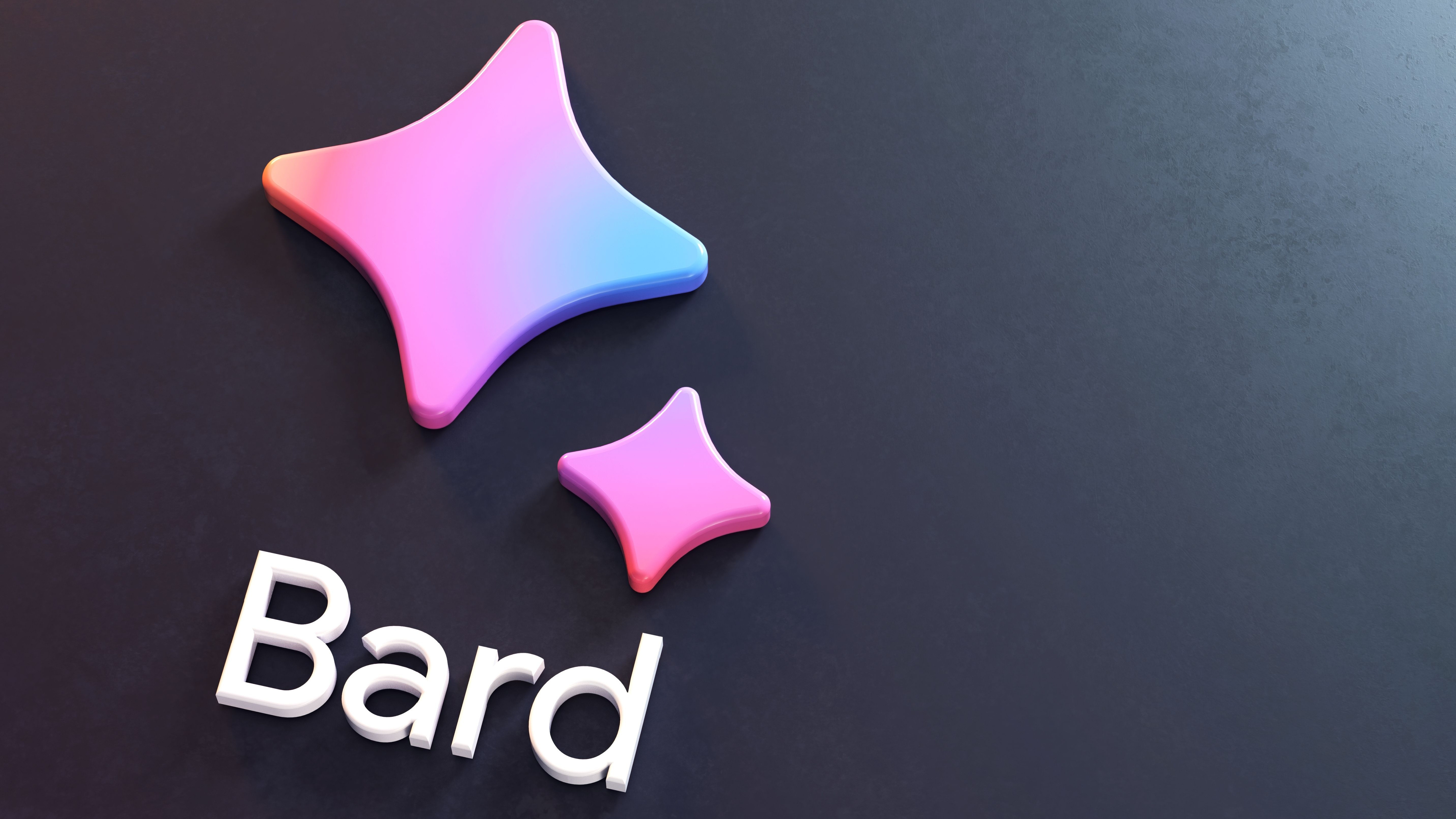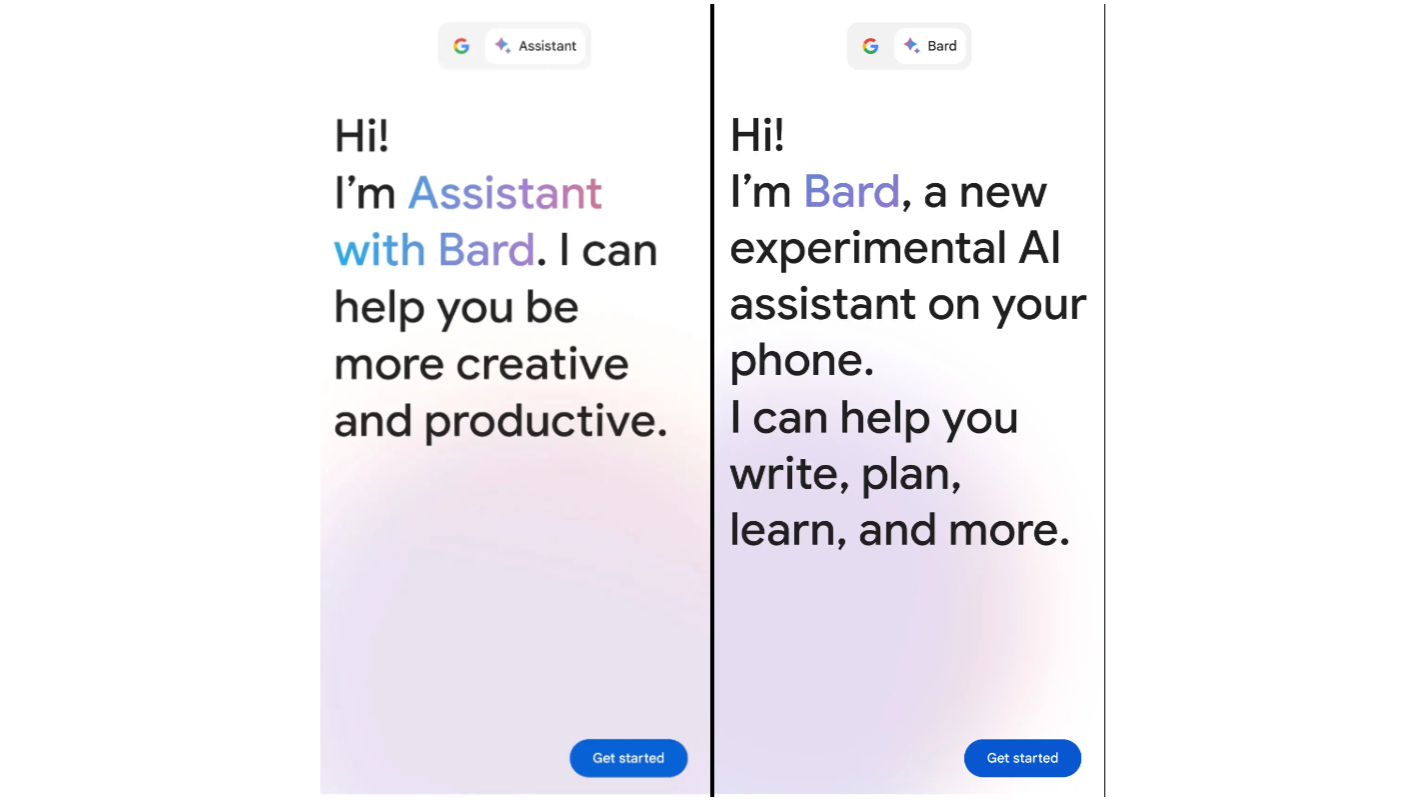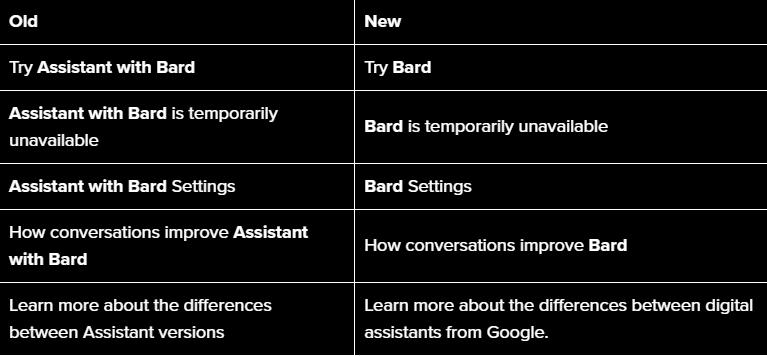
Google Assistant - Google’s answer to Siri as a digital assistant, for those not in the know - could soon be getting the chop, replaced by (or at least dissolved into) the company’s AI chatbot, Google Bard.
While you can normally access and use your Google Assistant with a simple ‘Hey Google,’ 9to5Google has pointed out some interesting, but sudden, changes to the user interface during the initial set-up process - particularly the greeting pop-up when you summon the virtual helper. As you can see in the screenshot below, the friendly introduction you get when opening the latest version (15.2) of the Google app's APK has changed in the last few weeks.

We’ve gone from a message saying ‘I’m Assistant with Bard’ to simply ‘I’m Bard’. It seems like this change isn’t only found in the Assistant app on Android devices, but according to 9to5Google, the new message is appearing in other devices with built-in Google Assistant functionality, such as Nest Hub smart home devices - though this is only based on code analysis, not what is currently live on Google devices.
The change is not limited to just the greeting screen. Configuration options are now called ‘Bard Settings’ rather than Assistant with Bard settings’. Plus, the company seems to be directly referring to Bard as a digital assistant entirely separate from Google Assistant. 9to5Google, who have done a full deep dive, offers this table here directly comparing the old and the new interface.

A swift change in direction
If Google is making an effort to rebrand ‘Assistant with Bard’, we could be looking at a next-generation voice assistant with complete integration into Bard. Perhaps in the near future, users won’t be saying ‘Hey Google’ to their phones or smart speakers, but rather ‘Hey Bard’.
This rebrand right before launching Assistant with Bard could put Google Bard in the position of being the next big Siri competitor as it prepares to grace phones and tablets across Google’s portfolio of devices (and, of course, any third-party devices with pre-existing Assistant functionality).







